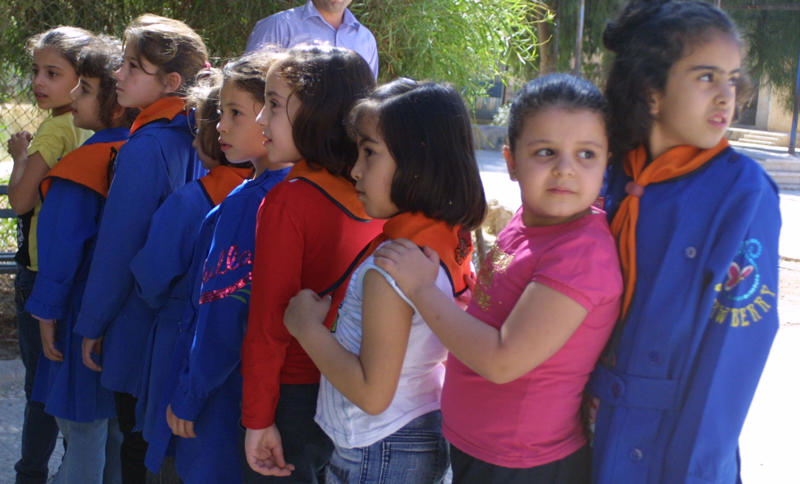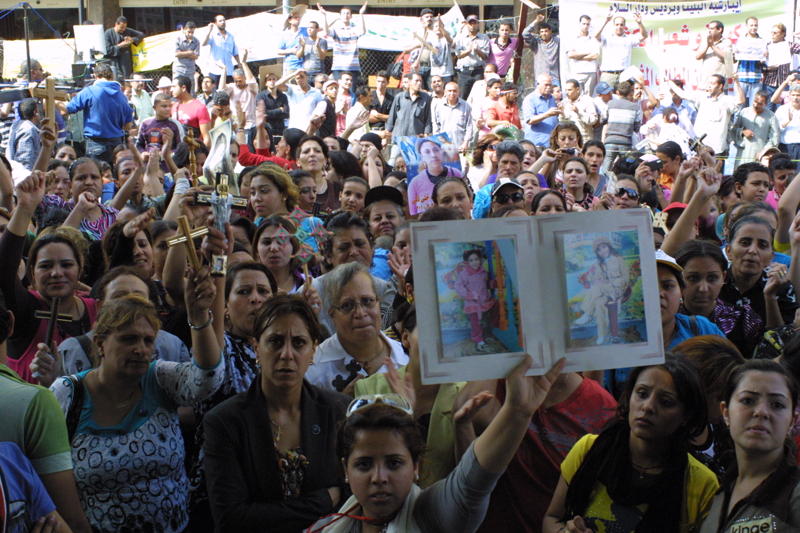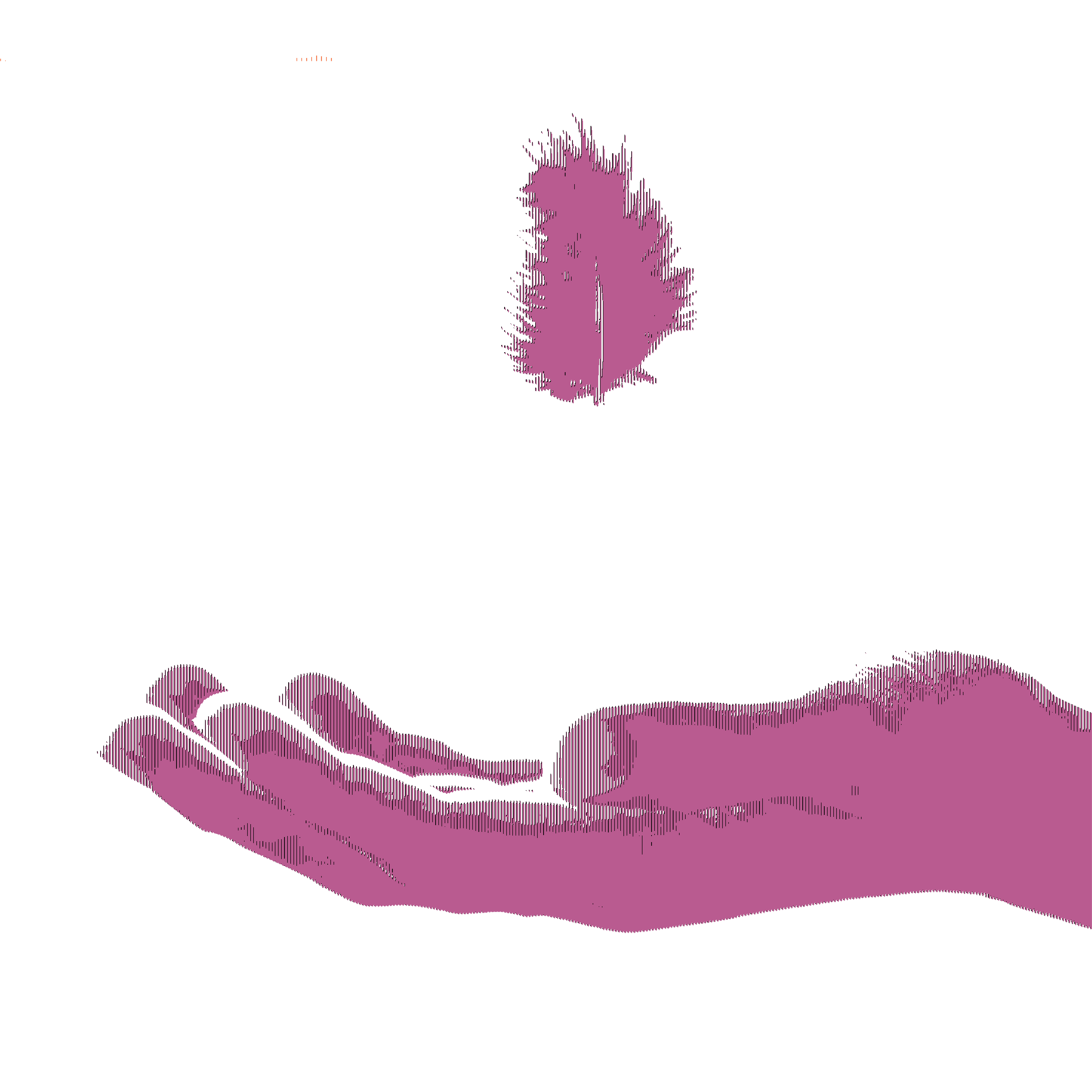
The anti-government demonstrations began in the city of Dara last March and my official visit was supposed to show that the government is back in control. The reality is quite different.
I tag along with a group of Ukrainian dignitaries and journalists. We drive out of Damascus about 9 a.m. in a large convoy of buses and minivans, accompanied by a police car lettered "Protocol." While ordinary cars are stopped at military checkpoints along the way, we sail right through.
Outwardly Dara is calm. Streets have few shoppers, but there are no obvious signs of unrest. We meet with Dara's mayor and district attorney. Government handlers show us the local courthouse that was gutted just a few days after the anti-government protests began.
These government officials spin a well-developed narrative to explain events. People in Dara and elsewhere began with peaceful protests and legitimate grievances asking for more democracy. But almost immediately extremists seized control of the demonstrations. They began a campaign of shooting and violence against security forces.
These agitators are armed and paid by Saudi Arabia and the Gulf states. They are politically and militarily backed by Israel, the U.S. and Europe. As a result, the government claims over 1,200 police, army and other security personnel have been killed by demonstrators. The government announces no official statistics on the number of civilians killed. [As of this writing, the UN estimates the government has killed 3,000 civilians.]
Like all government narratives spun during the Arab Spring, there are elements of truth. Demonstrators did burn the ruling Baath Party headquarters and courthouse on Mar. 20, less than one week into the protests.
In Damascus I interviewed Mahmood, a 26-year-old activist who lives in Dara. "People in Dara used Molotovs and rifles," he admits. "But it was a reaction to the government arresting and killing protestors."
More recently, activists in the city of Homs, in central Syria, have set up armed roadblocks to keep out Army troops and to kill informers. Both sides now appear to be using targeted assassinations.
On Oct. 2, the government accused extremist members of the opposition of murdering Sariya Hassoun, son of Syria's Grand Mufti. A government hit squad likely murdered Syrian Kurdish leader Mashaal Tammo on Oct. 7.
But there is no proof that demonstrators are controlled by outside forces, let alone the unlikely combination of Israel and Saudi Arabia. Syria is going through the same kind of Arab Spring upheaval as Tunisia, Egypt, Bahrain and Yemen. Ruling authorities in all those countries seek to maintain the status quo by saying their people are happy; the problem comes from those outside agitators.
But such myths quickly clash with reality as I was to see later in the day.
The government took us to an elementary school. All was going according to plan when the children came out for morning recess.
Spotting the TV cameras the sixth graders suddenly began chanting, "Freedom, Freedom," the main slogan of the opposition. Government officials went pale. Other students then began chanting support for President al Assad. Syria stands divided, even on the schoolyard.
The government faces a great deal more popular discontent that it's willing to admit.





